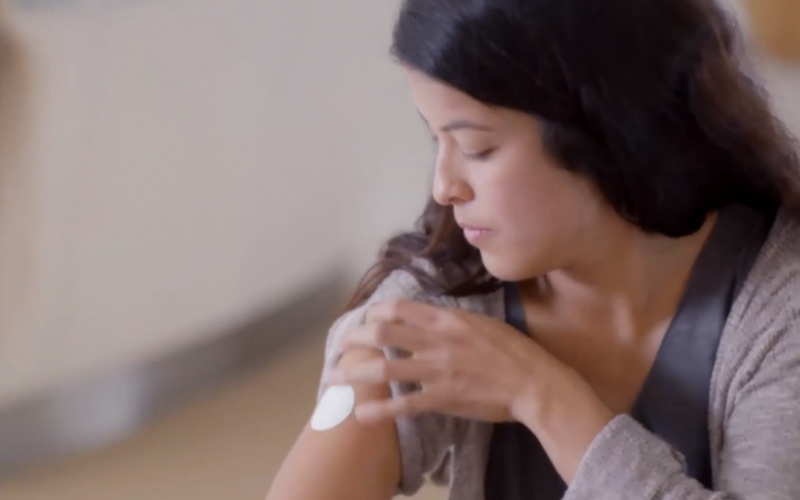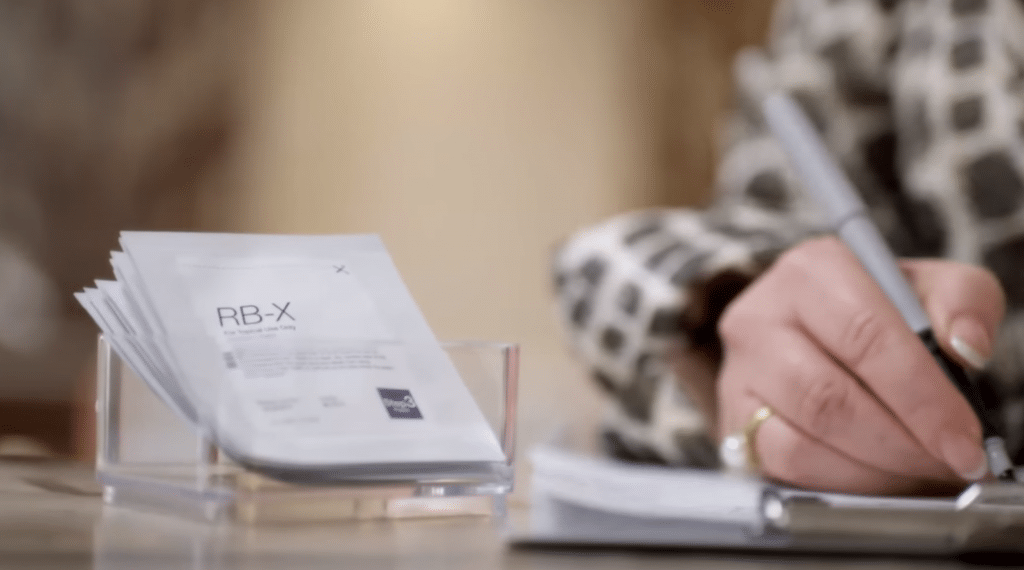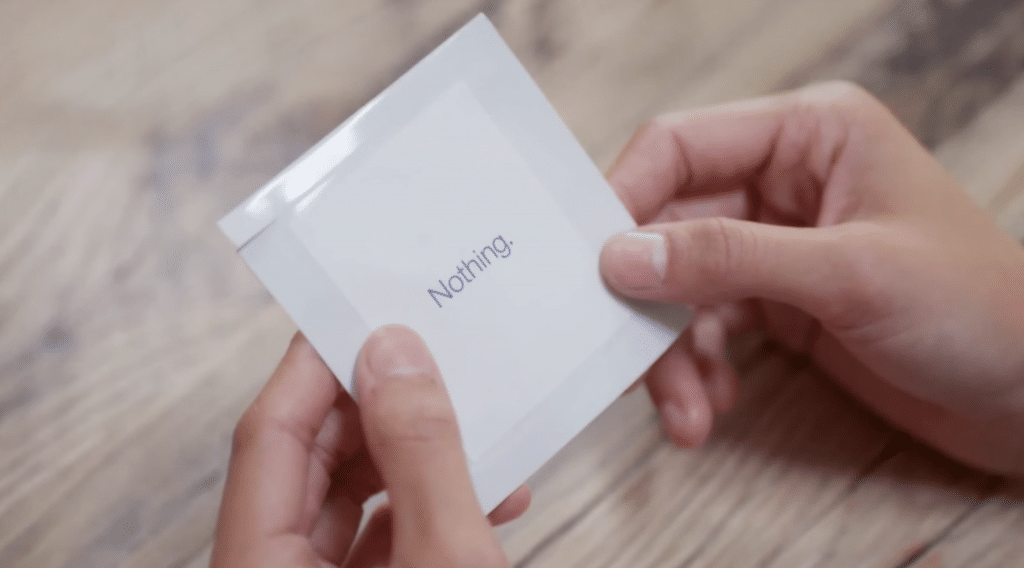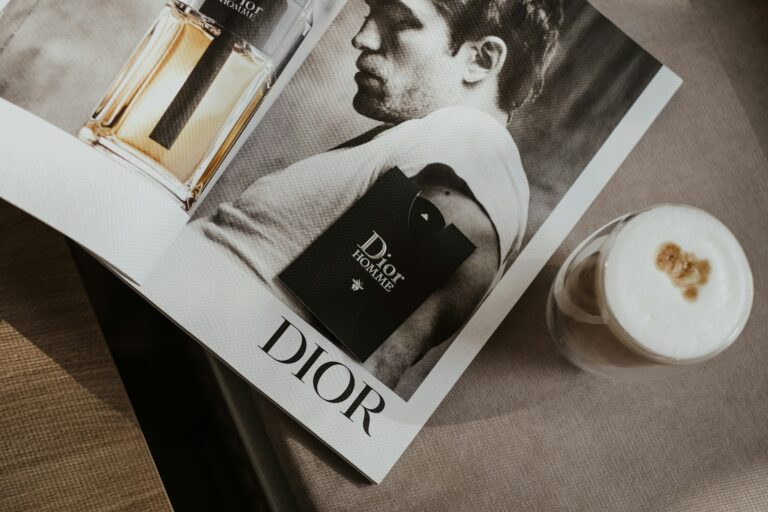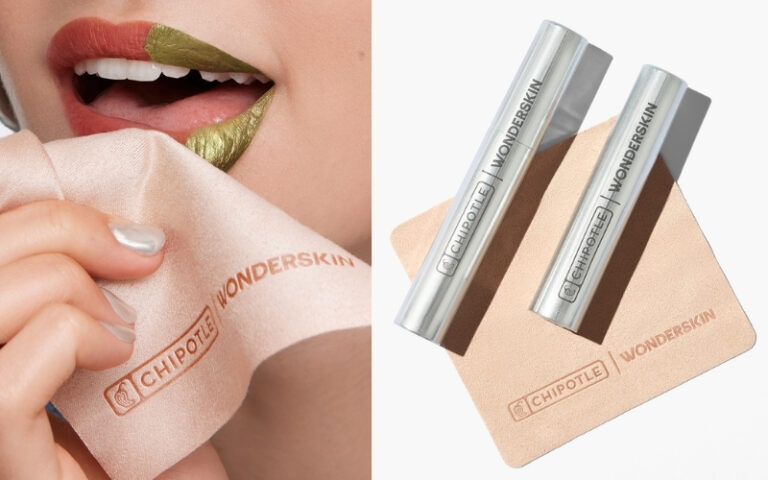Dove’s latest ’Real Beauty campaign’ YouTube video, in which women are tricked into believing they’re wearing medical beauty patches that will make them feel more beautiful and self-confident, is currently receiving a lot of criticism on the internet.
The concept of the campaign consists of providing several women with revolutionary beauty patches (RB-X) developed by Unilever. The doctor presents this beauty patch as a pharmaceutical, however, in reality, it is a placebo patch. While wearing the patch, women believe in its effect and start feeling more beautiful and self-confident in their daily lives. At the end of the treatment, they are told that the patch contains no pharmaceutical ingredients, and they realize that the reason they felt better came from their own positive state of mind.
Many media professionals expressed their criticism towards the ad; Laura Stampler from the Time claims that the concept “makes women seem too gullible, too desperate, and overall helpless against the all-knowing master manipulators at Unilever”.
After the success of the “Real Beauty Sketches” campaign, in which an FBI-trained sketch artist drew women based on their self-description and then based on the perception of a stranger, “it is no wonder that Dove has tried to replicate the model”. However, this time it has been suggested that the ad was “more about Dove branding than women’s self-esteem”, says Jack Neff, writer at AdAge.com.
In their defense, Unilever states that they created this video to provoke debate about women’s relationship with beauty on purpose: “All the women who participated in the social experiment feel that it was an extremely positive experience that has empowered them to be far more confident about their beauty, inside and out,” said Steve Miles, Unilever’s senior VP-Dove (cited by Jack Neff in his article).
This is a very interesting example of communicating a clear brand message over time. For Dove, the message is: “Beauty is a state of mind”. However, even a consistent brand message can affect a brand’s image if it is not well communicated.
The use of manipulation, in this case, was not well perceived by some consumers and professionals and could damage the perception of the brand in the future. ‘Buzz videos’ like these are a very powerful tool for brands, and when used well they can create a major talking point within the media, with the brand as the focus. However, if they are not well received by the public, there is the possibility that the intention can backfire, demonstrating how careful these types of campaigns have to be when presenting their message in order to be successful.

References: AdAge, Marketing Week, Time, Business Insider
The pictures are screenshots from the official Dove video.




